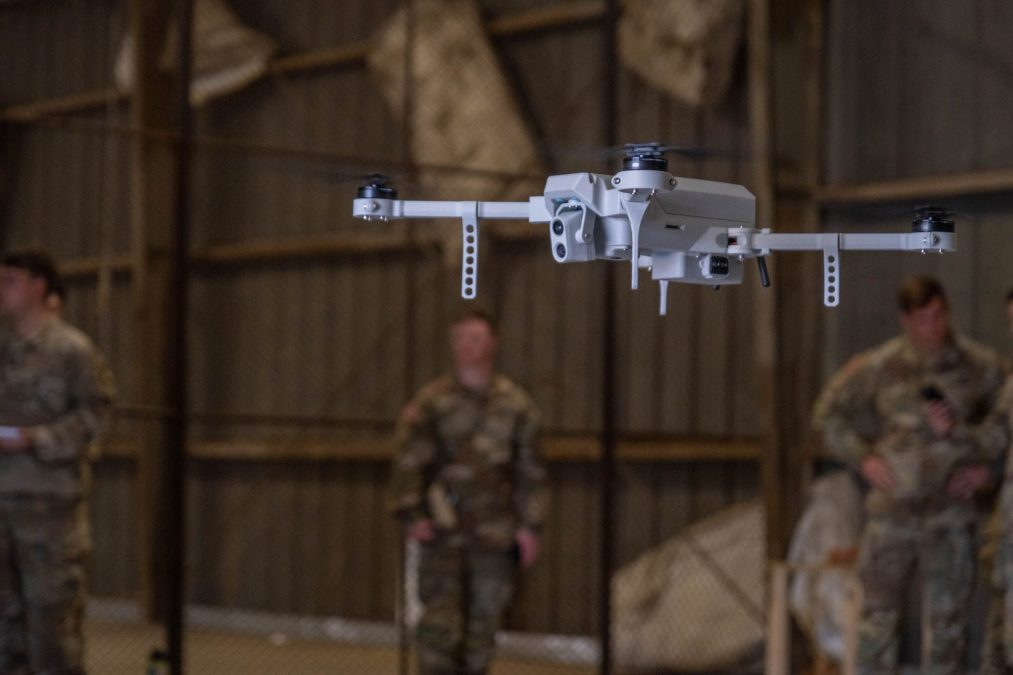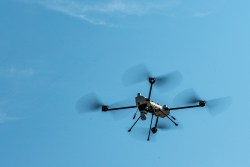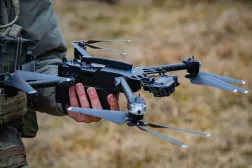Army updating brigades based on results from transforming-in-contact 1.0

The Army is developing new updates to how its brigades are organized following experiments over the last year.
Three brigades conducted their capstone training events during that period, testing how new technology and concepts can make them more lethal. The effort was part of Chief of Staff Gen. Randy George’s so-called transforming-in-contact initiative, which aims to use deployments and troop rotations to test new equipment — mainly commercial off-the-shelf gear — that could allow units to be more responsive on a dynamic battlefield. The effort is initially focused on unmanned aerial systems, counter-UAS and electronic warfare.
Each unit experimented in different geographic regions with different terrain and weather conditions that ranged from wooded swamps to the humid archipelagos of the Pacific to the freezing sprawl of European hills.
As a result, the Army will be making decisions on how these units will be organized going forward.
“We’re exploring how we’re organized to make sure that we can maximize these capabilities. But environment is a big part of it, as you know, where different things do different things. What we’re getting after, after this third one is we are going to make some decisions on how the Army is organized in our brigade combat teams,” George said during a pre-record discussion with Defense One that aired Thursday — a talk that likely took place in February based on his reference to upcoming events. “We’ve had these three experiments in three different areas. Next month, they’re going to come back to me and Secretary of the Army with … the new force design update and here’s how we want to change the formation. We will look at that and we will broadly have the same formations, but we will have some flexibility based on what environments they go to.”
Each brigade during the experiments created new elements that sought to do roughly the same thing but varied a bit in terms of numbers and makeup, with some calling them multifunction reconnaissance companies and others calling them strike companies. The three units have already begun to transform with 2nd Brigade, 101st Airborne Division as the first mobile brigade combat team and 2nd Brigade, 25th Infantry Division and 3rd Brigade, 10th Mountain Division transitioning to light brigade combat teams.
New technology allowed these units to be nimbler and more mobile on the battlefield, presenting unique problems to the resident opposing force that fights several Army brigades each year.
The experimentation is helping officials determine how units are organized and what types of skills personnel need such as master drone operators at the company level or tech integrators at battalion, George said.
To become faster on the battlefield, the Army is also examining how to eliminate excess within formations. George noted that advancements to the network have replaced large static legacy server stacks that were clunky to lug around and difficult to set up with software defined radios and tablets.
Those reductions are not only making units more mobile, they’re also making their electromagnetic signatures smaller. And the funds that went to those legacy capabilities can be reinvested toward other “war winning” capabilities that are needed, George said.
The Army is continuing its transforming-in-contact experimentation with the next phase, dubbed 2.0, which will begin to pull in full divisions as well as armored and Stryker brigades and Multi-Domain Task Forces.
Transforming-in-contact 2.0 will further help determine formation types as the Army continues to experiment with fuel consumption and supply lines that are enabled by 3D printing on the battlefield.
“If you’re reducing the fuel, you’re reducing the supply lines that we have. Your formations are a little more leaner. I think that all that will help,” George said. “Then the other thing is looking at reducing the complexity of our formation so we just don’t have the number of parts and the things that we have inside of our formation. We’re looking at this from every angle. I think … transforming-in-contact 2.0 will help inform that quite a bit.”






